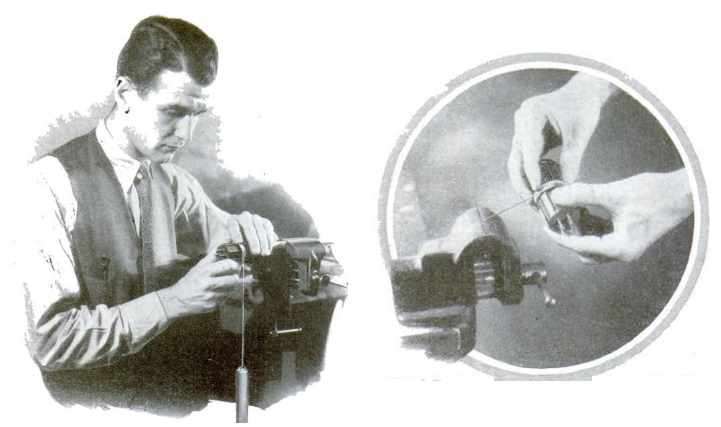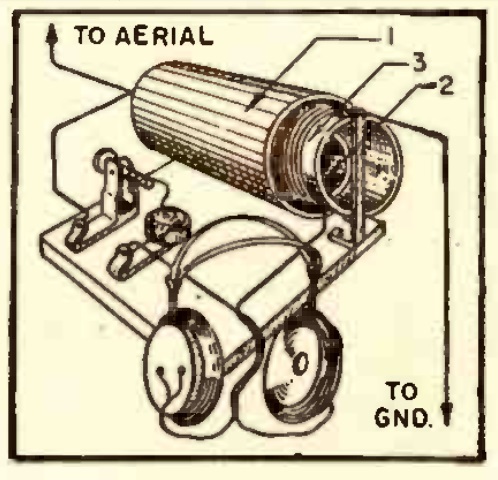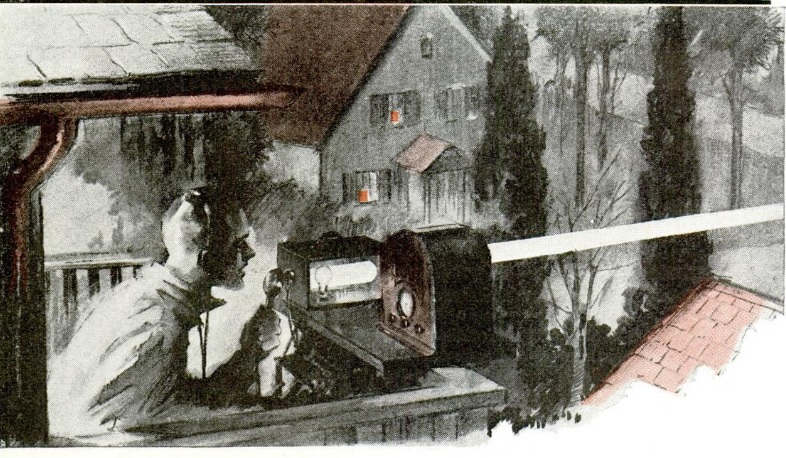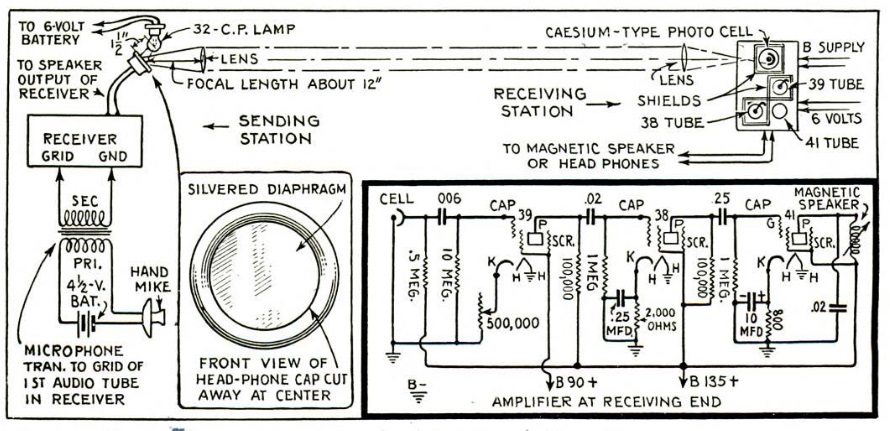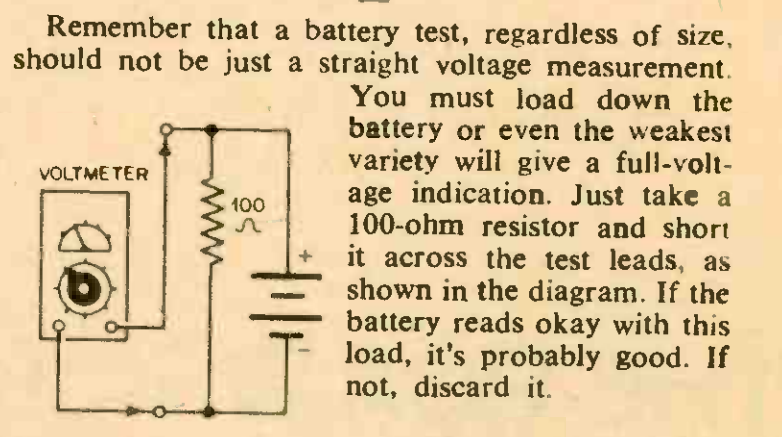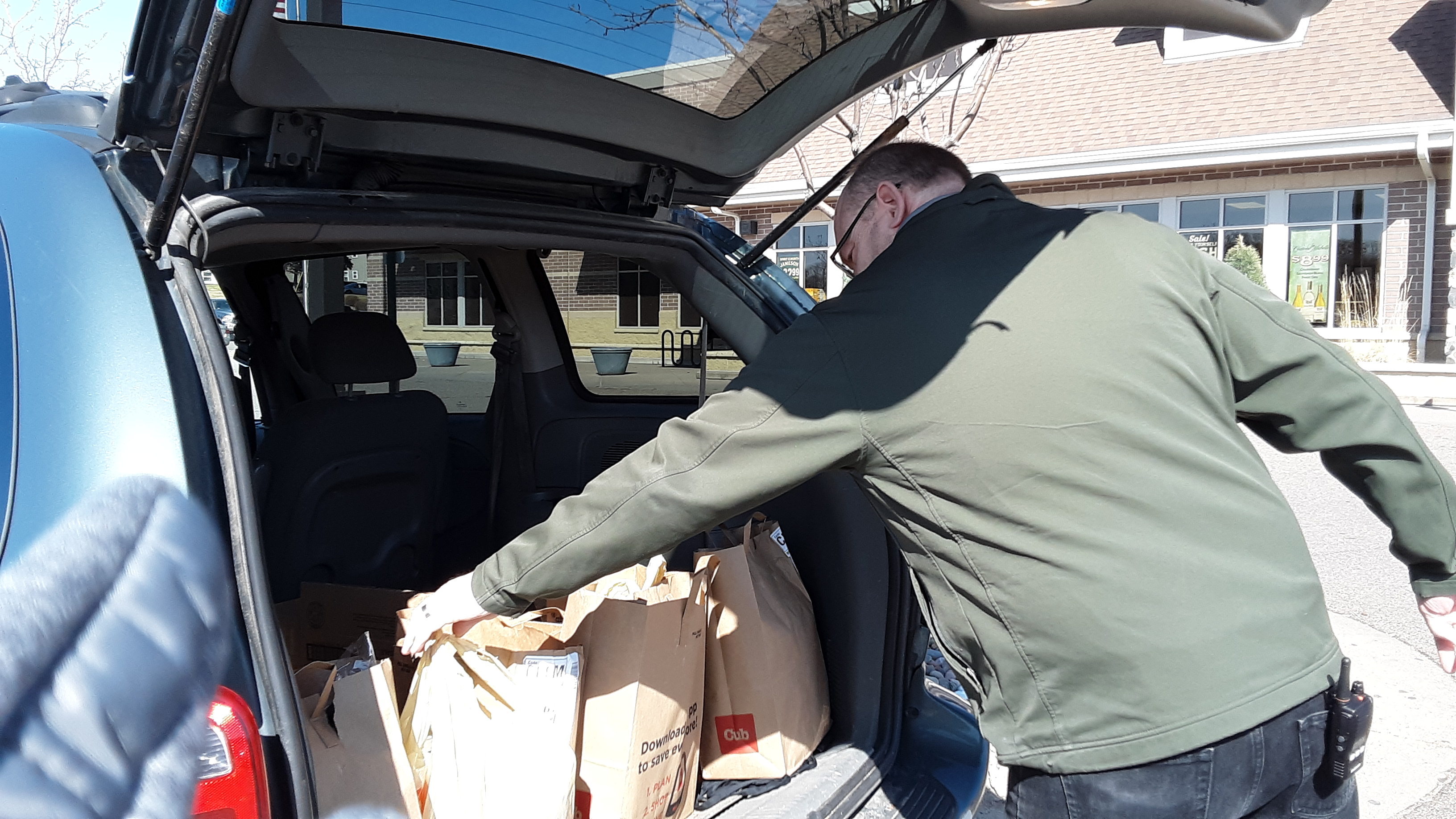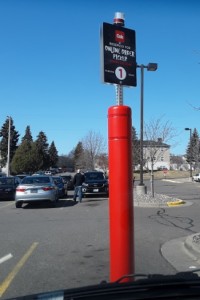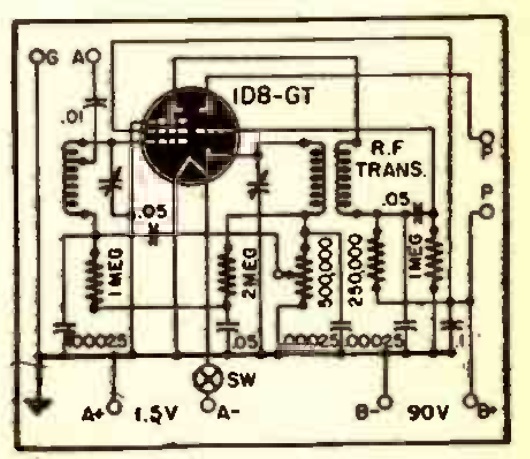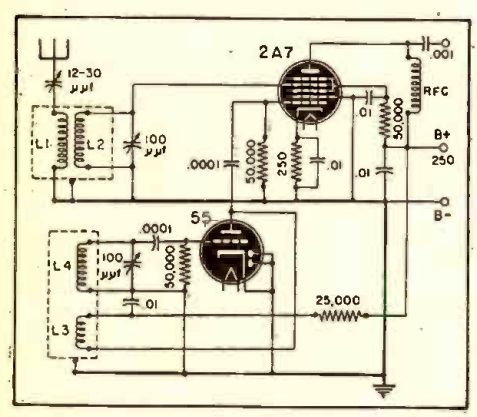 As I write this from the safety of my home, millions of workers are literally risking their lives to serve their country. The obvious ones include healthcare workers, police officers, firefighters, paramedics, and National Guard members. But just as important are the bus drivers, postal workers, delivery drivers, truckers, grocery store workers, warehouse workers, factory workers, and countless others who are making sure that the public has access to the goods and services needed to sustain life. They are risking infection to serve us, and they deserve our respect and our thanks.
As I write this from the safety of my home, millions of workers are literally risking their lives to serve their country. The obvious ones include healthcare workers, police officers, firefighters, paramedics, and National Guard members. But just as important are the bus drivers, postal workers, delivery drivers, truckers, grocery store workers, warehouse workers, factory workers, and countless others who are making sure that the public has access to the goods and services needed to sustain life. They are risking infection to serve us, and they deserve our respect and our thanks.
Others, like my wife, a medical interpreter, are able to provide needed services from the safety of their own homes.
And then, there are a lot of people like me, who don’t have any vital services to perform. Many are wondering what they can do to help, and there are a number of opportunities.
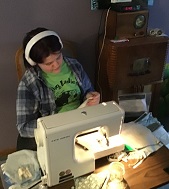 My wife and daughter have been busy making surgical masks such as the ones shown above. They are made according to instructions posted online by one of our local hospital systems (see below). One of our neighbors supplied some of the materials, picked up the finished masks outside our door, and delivered them to the hospital, where they are being picked up curbside at a designated location. These masks will be used in less critical situations by staff and patients in order to conserve the N-95 masks that are in dangerously short supply.
My wife and daughter have been busy making surgical masks such as the ones shown above. They are made according to instructions posted online by one of our local hospital systems (see below). One of our neighbors supplied some of the materials, picked up the finished masks outside our door, and delivered them to the hospital, where they are being picked up curbside at a designated location. These masks will be used in less critical situations by staff and patients in order to conserve the N-95 masks that are in dangerously short supply.
I know at least two friends with 3D printers who are making other needed products, such as
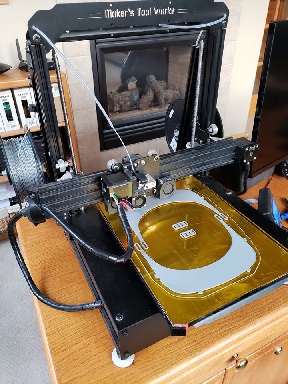
Face shields being 3D printed. Courtesy Don Seiford.
face guards. American factories can’t meet the demand for these lifesaving supplies. But the millions of Americans who own equipment such as sewing machines and 3D printers can help meet the need until American industry ramps up its production.
Virtually all health care facilities are in need of supplies. Many will have their own particular requirements, so it’s probably best to contact them first (checking their website first is probably best, so that staff doesn’t have to spend valuable time answering the phone).
Check neighborhood social media sites, such as neighborhood pages on Facebook or NextDoor. Chances are, some of your neighbors are already working on needed items. Coordinate with them to share materials. In addition to hospitals and clinics, items are needed by dentists, nursing homes, assisted living facilities, home health care agencies, and probably many others. Some of these institutions are non-profit, and some are for profit. But it doesn’t matter. They need supplies, and they can’t get them. They are counting on you. If you honestly can’t find anyone who needs them, then send me an e-mail, I’ll give you my mailing address. You can make the masks shown below, send them to me by U.S. Mail, and I’ll make sure they get to a hospital in my area. But chances are, the need is just as acute in your area.
Do not have direct contact with people outside your own household. Do not go to a store to buy supplies. Use the materials that you have at home, or that can be safely delivered by neighbors leaving outside the door. The idea is to be of service, and you will be of no help if you get infected or infect someone else. Be part of the solution, and not part of the problem.
Here are some opportunities for you to serve:
1. Making Surgical Masks
If you have a sewing machine and know how to use it, your skills are desperately needed. My wife and daughter are making the style shown above, which are destined for Blue Cross Blue Shield and Allina. More information and complete patterns and instructions can be found at this link: https://blog.bluecrossmn.com/covid19masks/
North Memorial Hospital in Minneapolis has a different pattern, which you can find at this link: https://northmemorial.com/covid-19-donations/ North Memorial also has a mailing address shown on this site. So in the unlikely event that you can’t find someone locally to take the masks, you can mail them. Do not go inside the post office to mail anything. You can buy postage online and leave the item for your letter carrier.
Update: The following website allows you to search by zip code for facilities in your area that need masks and other supplies. In the unlikely event that you don’t find anyone locally, it also lists facilities that you can mail them to:
https://www.donategoodstuff.org/covid-19-crisis-how-you-can-help.html
The Facebook group mentioned below also contains patterns for an isolation gown. I don’t know of particular hospitals that are requesting these, but there’s apparently a need.
2. Help Sewers and/or Donate Materials
Even if you don’t know how to use a sewing machine, others in your neighborhood probably do, and they are probably working. They also need unskilled help from people like me to cut the fabric to the correct size. Also, if your household, like many, has a stash of old sewing supplies, it’s very likely that your neighbors need these items to make masks. A critical shortage in our neighborhood was the elastic. If you have some in that box of old sewing and crafting supplies, your neighbors probably need it. The other need is new 100% cotton fabric.
3. 3D Printing
I know that persons with 3D printers and similar equipment are using them to make face shields and other needed medical supplies.
If you are able to help, a Facebook group named “Open Source COVID19 Medical Supplies” has formed and is coordinating these efforts. I’m aware of the face shield plans at this link:
https://3dverkstan.se/protective-visor/
Prusa Research has the following information regarding face shields at its Facebook page:
4. Lending Your RV
If you’re an RV’er, it will probably be a while before you’re able to go camping. Consider lending it to a medical professional who needs to be isolated from their family. This is being coordinated at this Facebook group: https://www.facebook.com/groups/rvs4mds/
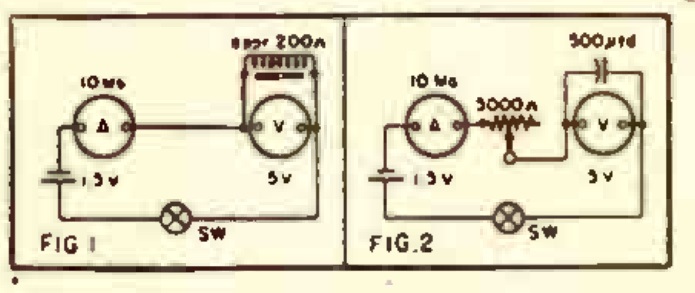 If you ask any serious student of electricity to name their favorite ice man, they’ll undoubtedly tell you that it is Eli. Eli the Ice man (a friend of Roy G. Biv) is a mnemonic to help you remember that in an inductive circuit (L), the voltage (E) leads the current (I). And in a capacitive circuit (C), the current (I) leads the voltage (E).
If you ask any serious student of electricity to name their favorite ice man, they’ll undoubtedly tell you that it is Eli. Eli the Ice man (a friend of Roy G. Biv) is a mnemonic to help you remember that in an inductive circuit (L), the voltage (E) leads the current (I). And in a capacitive circuit (C), the current (I) leads the voltage (E).






